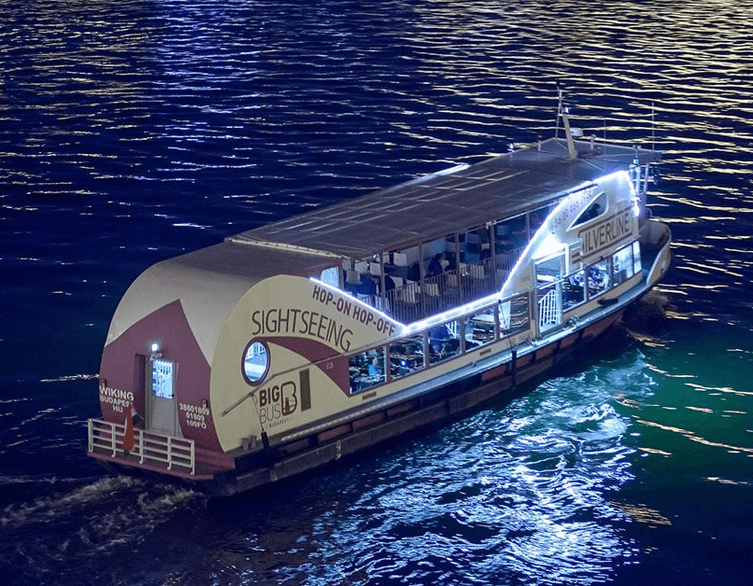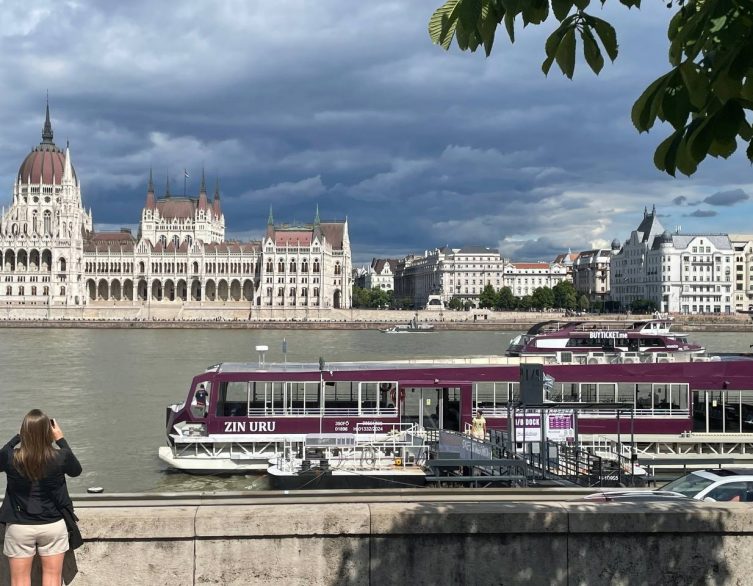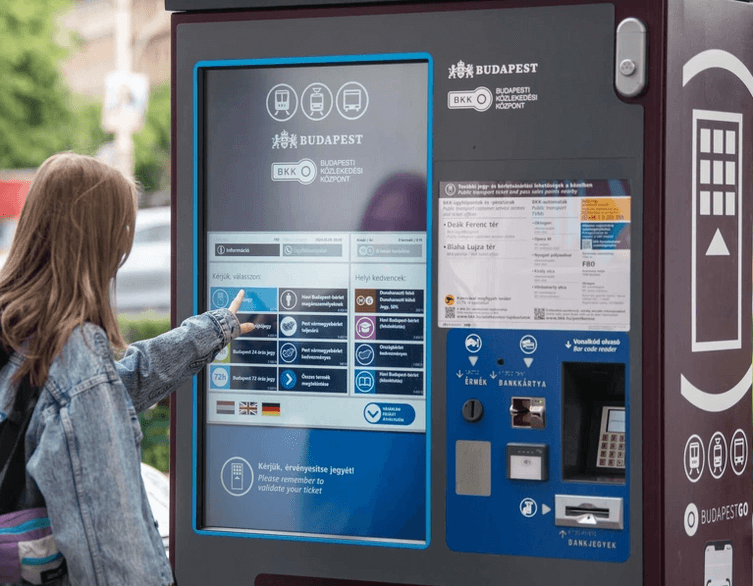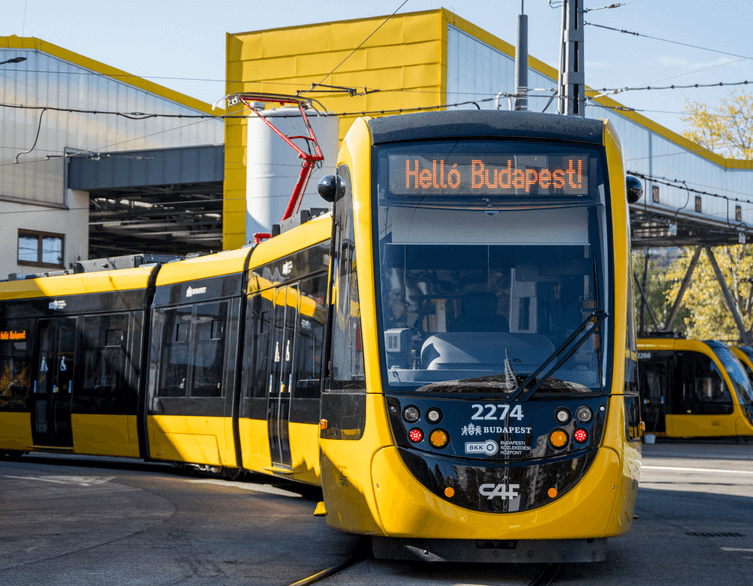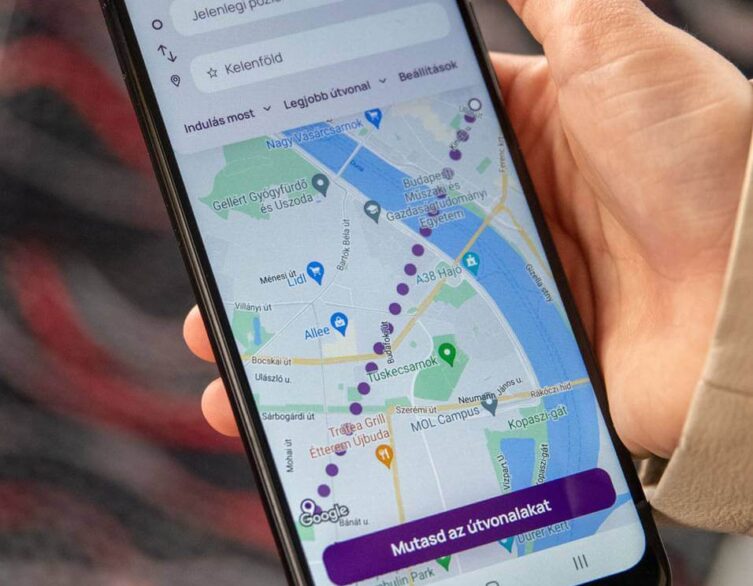Budapest’s Public Transport Becomes More Accessible for Visually Impaired Travelers
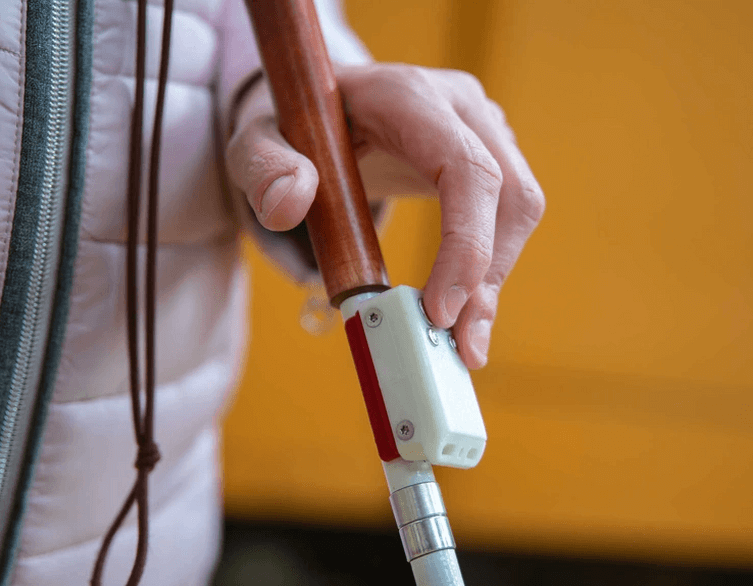
When you explore Budapest’s streets and hop on its iconic trams, you’re experiencing a city that’s constantly evolving to become more inclusive. On October 15, 2025—White Cane Day—the Budapest public transport authority announced an exciting milestone that makes the city even more welcoming to all visitors, regardless of how they perceive the world around them.
Speaking Trams Join Budapest’s Accessible Fleet
Budapest is extending its “speaking vehicle” technology to four different tram types, building on a service already available on the city’s buses and trolleybuses. This innovative system provides audio announcements about arriving vehicles, helping blind and visually impaired passengers travel more safely and independently through Hungary’s vibrant capital.
The technology isn’t just a convenience—it represents a fundamental right to mobility that every person should enjoy. For tourists visiting Budapest who are blind or have low vision, this means navigating the city’s extensive public transport network with greater confidence and freedom. Whether you’re heading to the thermal baths, exploring the Castle District, or simply getting around town, these accessible features make Budapest a more welcoming destination.
How the System Works in Practice
Imagine standing at a tram stop along the Danube, waiting to catch your ride. With a small remote control device, visually impaired passengers can activate external speakers on approaching vehicles. The system then announces which route is arriving and where it’s heading—crucial information that sighted passengers take for granted when they simply glance at the front of a vehicle.
Once aboard, the technology continues working. The system repeats announcements about upcoming stops that play inside the passenger compartment, shares information about transfer connections, alerts passengers to service changes, and on trams specifically, indicates which side the doors will open. This comprehensive approach transforms what could be an anxiety-inducing journey into a manageable, independent experience.
Testing Across Budapest’s Diverse Tram Fleet
The Budapest transport authority faces unique technical challenges when implementing this system across the city’s varied tram fleet. Unlike buses, trams stretch much longer, requiring flawless signal reception along their entire length. The testing program includes four distinct tram types that represent the diversity of Budapest’s rolling stock.
You might encounter the system on a classic Ganz KCSV7 articulated tram gliding along the picturesque Danube embankment routes, or on paired Tatra T5C5K2 trams—one of the most common types you’ll see throughout the city. The Hanover-made TW6000 trams serving southern Pest and Zugló neighborhoods are also part of the trial, along with the sleek, modern Siemens Combino low-floor trams that dominate the busy routes 4 and 6.
Best deals of Budapest
Once testing concludes successfully and regulatory approvals are secured, these vehicles will enter regular service with the speaking function available to anyone who needs it.
Beyond Technology: A Culture of Awareness
Budapest’s commitment to accessibility extends beyond installing equipment. The city recognizes that truly inclusive transportation requires awareness and compassion from everyone sharing the network. As a visitor, you’ll notice several accessibility features designed to help visually impaired travelers navigate independently.
The white canes you might see aren’t just navigation tools—they often hold the remote controls that activate the speaking vehicle systems. The pavement features tactile markings: ribbed strips indicate safe paths to follow, while dotted patterns warn of hazards like stairs. When waiting at stops, avoid standing on these textured surfaces, as they serve as crucial navigation guides.
If you encounter guide dogs during your travels, remember they’re working professionals. While these remarkable animals can’t read route numbers or traffic light colors, they’re constantly focused on their handler’s safety. Resist the urge to pet, call out to, or feed them, as distractions could compromise their important work. The handler always maintains control, so if you’d like to offer assistance, address the person first, not their canine partner.
A Journey Toward Full Accessibility
While Budapest acknowledges there’s still progress to be made toward complete accessibility, the city is moving in the right direction. The remote control devices that activate speaking vehicles also work with pedestrian crossing signals, real-time public transport information displays, and escalators at metro stations on lines M3 and M4. This unified system creates a comprehensive network of accessibility tools throughout the city.
The continuous renewal of Budapest’s vehicle fleet accelerates this progress. New CAF trams arriving in the city come equipped with these modern systems from the factory, gradually replacing older vehicles that lack these features. Every new bus and tram that enters service makes Budapest’s already impressive public transport network not just more comfortable, but genuinely accessible to everyone.
As you experience Budapest’s efficient and expanding public transport system, you’re witnessing a city that believes mobility is a universal right. The speaking trams represent more than technology—they embody Budapest’s commitment to ensuring every visitor, regardless of ability, can independently discover everything this magnificent city has to offer.
Related news

















